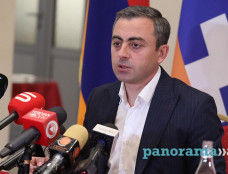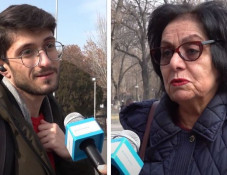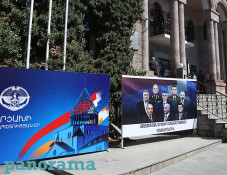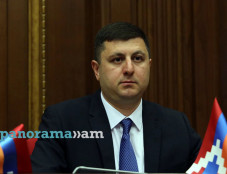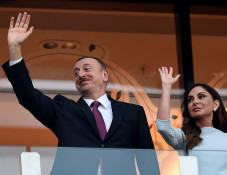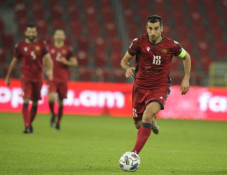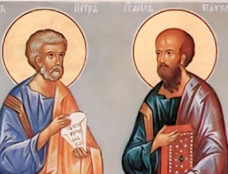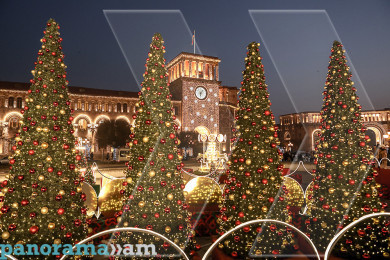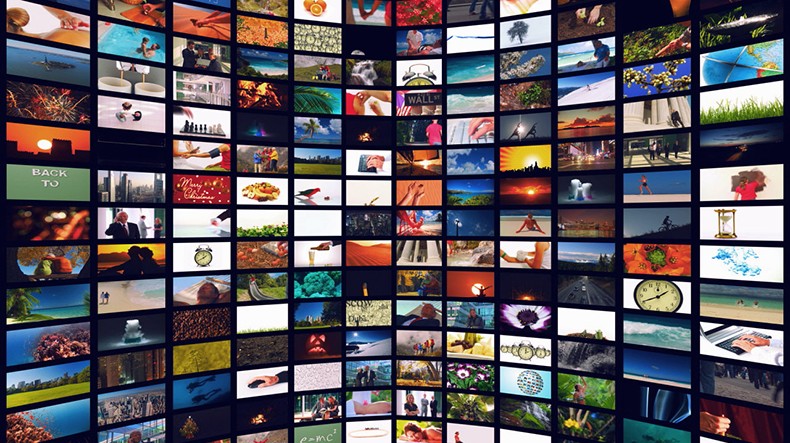
Television and radio broadcasting network of Armenia completes migration from analog to digital standard DVB-T2
Television and radio broadcasting network of Armenia has completed migration to digital broadcasting standard based on ERICSSON’s solutions, according to Ericsson’s media relations unit for Northern Europe and Central Asia.
"Television and radio broadcasting network of Armenia" (TRBNA) has completed migration from analog to digital standard DVB-T2. As a result of the project, people living in all regions of Armenia have free access to an extended digital TV package.
DVB-T2 (Digital Video Broadcasting standard for Terrestrial, release 2) is a modern standard of terrestrial broadcasting providing a platform for high-quality TV broadcasts. It is based on technology that transfers the TV signal in a way that is more resistant to interference whilst supporting high-definition television.
Ericsson (NASDAQ: ERIC) and “Television and radio broadcasting network of Armenia” (TRBNA), a closed joint stock company of the Ministry of Transport and Communication of Armenia, announce the completion of the transition from analogue to digital television broadcasting in the advanced DVB-T2 standard in accordance with the international agreement "Geneva-2006".
TRBNA’s broadcasting network infrastructure includes 1 Central Head-end in Yerevan, more than 210 regional reception sites, and optical and satellite networks transporting terrestrial streams. Digital television network is commissioned and covers 100% of all settlements in Armenia. As a result of the project, viewers from Yerevan and its suburbs benefit from free access to 18 TV and 4 radio channels, and residents in the regions receive 9 TV and 4 radio channels, including TV channels of local studios.
The developed system provides a technological opportunity for TV channels to be transmitted in standard definition (SD) and high-definition (HD, UHD), allowing the potential for a variety of additional digital services. According to the decree of the Armenian government, low-income households will receive free set-top boxes allowing for a high-quality playback of the digital signal on older TVs.
Grigor Amalyan, General Director of TRBNA: "Television and radio broadcasting network of Armenia”, as a state owned company, considers the availability of TV channels and the highest picture quality as a top priority. In order to implement high standards of terrestrial TV broadcasting, in close cooperation with Ericsson we have successfully implemented a set of technical solutions in accordance with all set requirements and deadlines. Due to the transition to the digital standard, citizens in all regions of Armenia now have access to a sustainable television signal and a broad package of TV channels in excellent quality.”
According to research conducted by Ericsson ConsumerLab, high image quality is the most important factor in attracting viewers who expect a continuing improvement in provided services. The transition to digital broadcasting provides an increased capacity for transmission of useful information, as well as an efficient use of the allocated spectrum range that significantly improves quality and increases the number of broadcasted channels.
Wojciech Bajda, Head of Customer Unit Ukraine and Eurasia, Ericsson in Northern Europe and Central Asia: "Modern technologies radically change not only the landscape of television, but also users' preferences. Today, it is the viewers who largely influence further development of the TV industry by setting high requirements to TV broadcasting quality. We are strongly convinced that this landmark project will open new horizons for further effective cooperation in the development of advanced technological trends and services for viewers in Armenia."
DVB-T is a common standard of digital broadcasting, used in many countries in Europe, Asia, Africa, India and Australia. DVB-T2 is a new and improved version of the standard with a greater capacity, functionality and greater flexibility in settings.
Ericsson is the driving force behind the Networked Society – a world leader in communications technology and services. Its long-term relationships with every major telecom operator in the world allow people, business and society to fulfill their potential and create a more sustainable future.
Ericsson’s services, software and infrastructure – especially in mobility, broadband and the cloud – are enabling the telecom industry and other sectors to do better business, increase efficiency, improve the user experience and capture new opportunities.
With approximately 115,000 professionals and customers in 180 countries, the Company combines global scale with technology and services leadership. It supports networks that connect more than 2.5 billion subscribers. Forty percent of the world’s mobile traffic is carried over Ericsson networks. And the Company’s investments in research and development ensure that our solutions – and its customers – stay in front.
Founded in 1876, Ericsson has its headquarters in Stockholm, Sweden. Net sales in 2014 were SEK 228.0 billion (USD 33.1 billion). Ericsson is listed on the NASDAQ OMX stock exchange in Stockholm and the NASDAQ in New York.
Newsfeed
Videos






